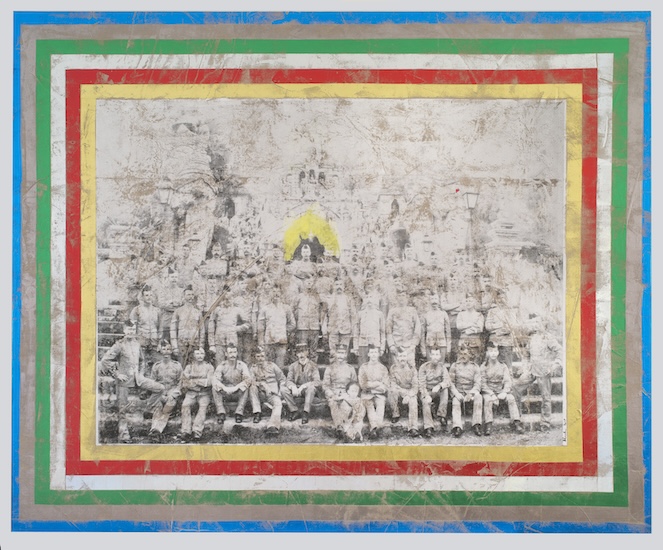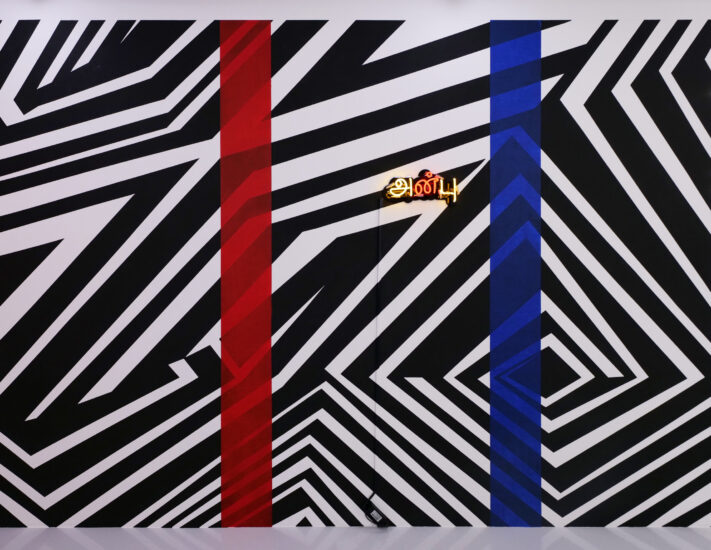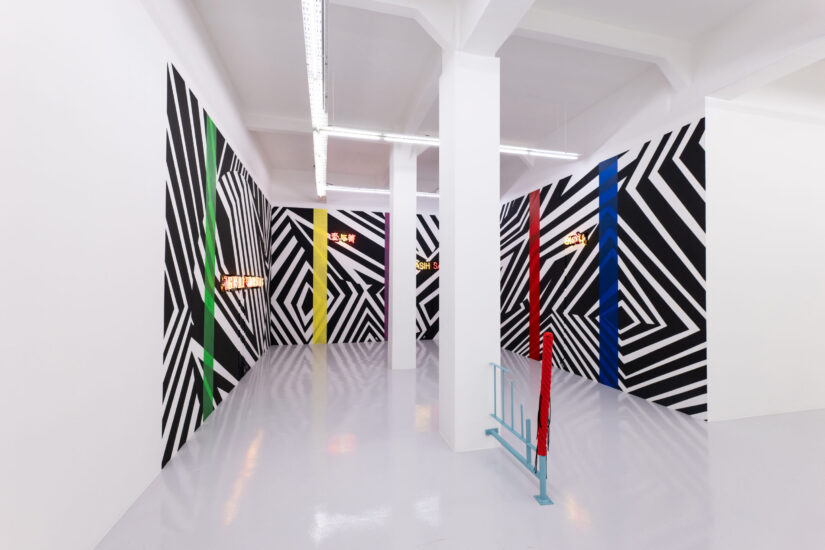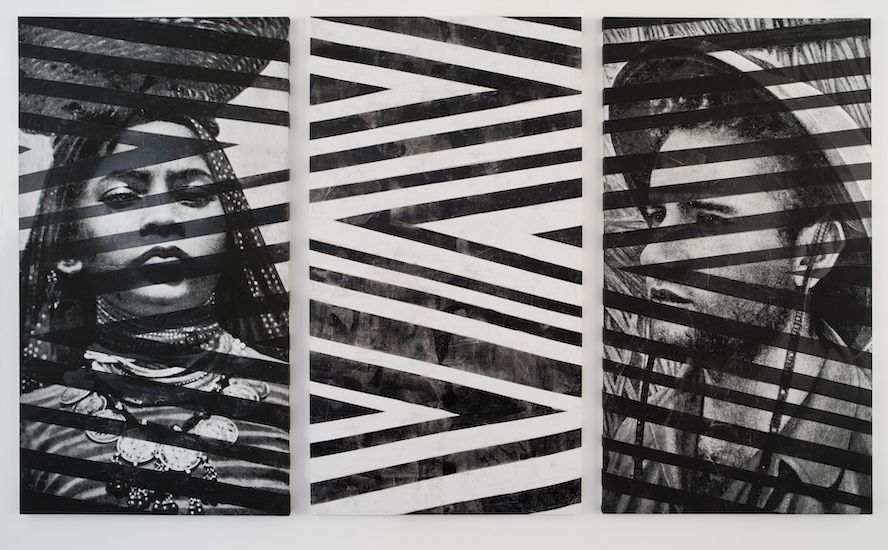Brook Andrew’s (b. 1970, Australia) interdisciplinary art practice is driven by the collisions of intertwined narratives, often emerging from the mess of the “Colonial Wuba (hole)”. His practice is grounded in his perspective as an Australian Wiradjuri (Indigenous) and Celtic person. Andrew’s artworks, museum interventions, research, leadership roles and curatorial projects challenge the limitations imposed by colonial power structures, historical amnesia and complicity to centre and support Indigenous ways of knowing and being through systemic change and yindyamarra (respect, honour, go slow and responsibility).
Andrew is one of the most renowned artists of the Australia and Pacific Asia contemporary art scene. Over the last two decades, he has explored the legacies of colonial history and its hegemonic imperialistic ideologies with a research-focused practice drawing upon archives, vernacular objects and image reproduction. He has presented his work extensively, with research-based museum and public space interventions, and Wiradjuri language being central to his practice. Andrew has exhibited in numerous biennales and institutions worldwide. Recent inclusions include: The National 4: Australian Art Now, Australia (2023); Sharjah Biennial 15, UAE (2023); QUEER, National Gallery of Victoria, Australia (2022); care, repair and healing, Gropius Bau, Germany (2022); 경로를 재탐색합니다UN/LEARNING AUSTRALIA, Seoul Museum of Art, South Korea (2022).
His works are collected by National Museum of Contemporary Art, Seoul (South Korea), Museum of Contemporary Art, Sydney (Australia), Art Gallery of New South Wales (Australia), the National Gallery of Victoria (Australia), the National Portrait Gallery (Australia), National Gallery of Australia, Queensland Art Gallery (Australia), Art Gallery of South Australia, amongst others. In 2020, Andrew was the Artistic Director of the 22nd Biennial of Sydney, Australia. Andrew lives and works in Naarm (Melbourne), Australia and Medellin, Colombia.









